Grow Lemongrass at Home and transform your kitchen into a fragrant, flavorful paradise! Have you ever dreamed of snipping fresh lemongrass straight from your garden for your favorite Thai curry or soothing tea? It’s easier than you think, and this DIY guide will show you exactly how to make it happen, even if you don’t have a sprawling backyard.
Lemongrass, with its vibrant citrusy aroma, has been a staple in Asian cuisine and traditional medicine for centuries. Originating in Southeast Asia, it’s revered not only for its culinary uses but also for its potential health benefits, from aiding digestion to acting as a natural insect repellent. I’ve always been fascinated by its versatility!
But why should you bother learning to grow lemongrass at home? Well, think about it: no more last-minute grocery store runs for that one crucial ingredient! Plus, homegrown lemongrass is often fresher and more flavorful than what you find in stores. More importantly, in today’s world, where sustainability and self-sufficiency are becoming increasingly important, growing your own food, even something as simple as lemongrass, is a rewarding and empowering experience. This DIY project is perfect for anyone looking to add a touch of freshness to their cooking and a little bit of green to their living space. Let’s get started!
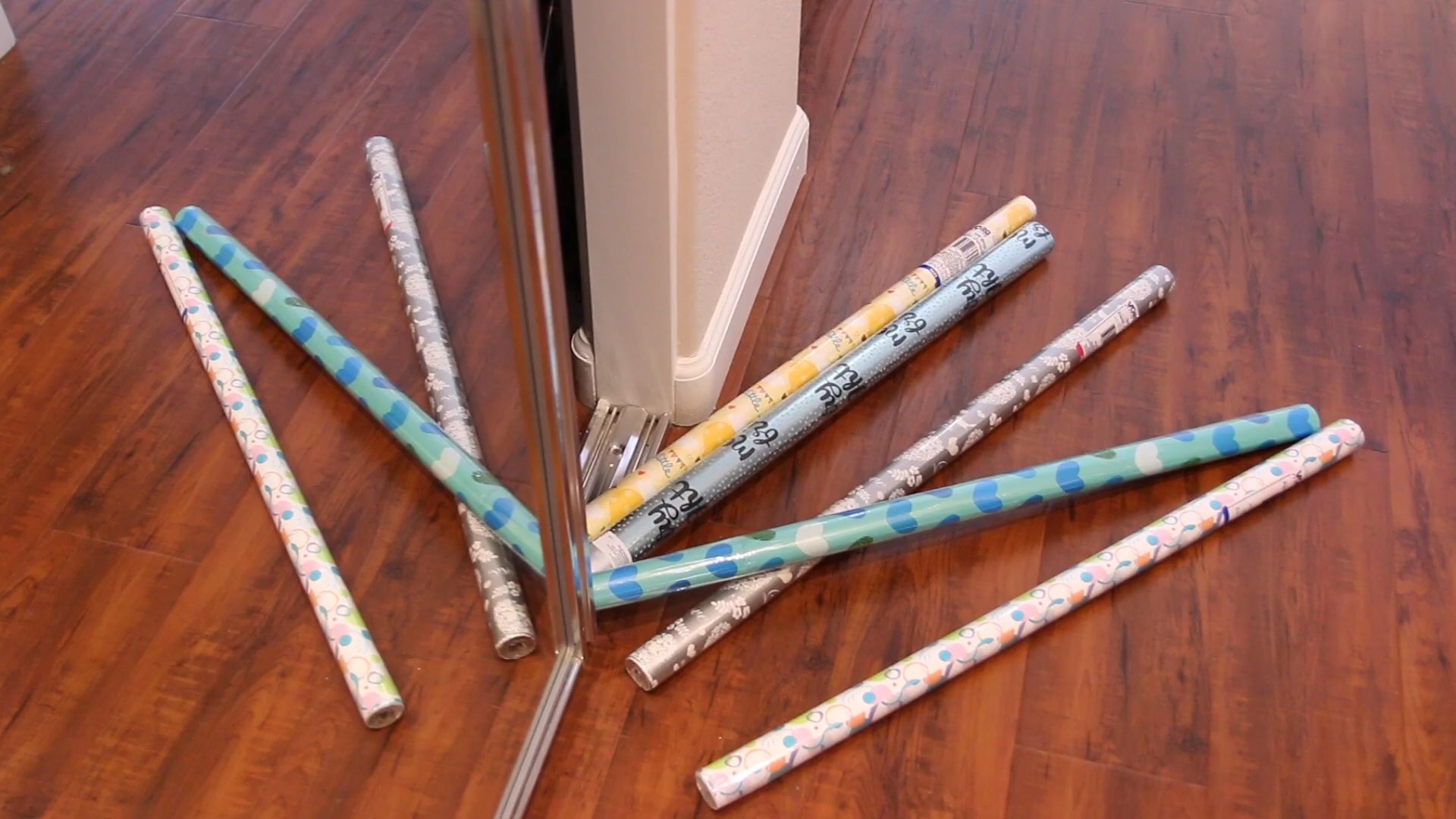
Grow Your Own Lemongrass: A Simple DIY Guide
Hey there, fellow plant enthusiasts! I’m so excited to share my experience with growing lemongrass at home. It’s surprisingly easy, incredibly rewarding, and gives you a constant supply of fresh, fragrant lemongrass for cooking, teas, and even natural insect repellent. Trust me, once you start, you’ll wonder why you didn’t do it sooner!
What You’ll Need
Before we dive in, let’s gather all the necessary supplies. This will make the whole process smoother and more enjoyable.
* Lemongrass Stalks: You can usually find these at your local Asian grocery store or even some well-stocked supermarkets. Look for stalks that are firm, healthy-looking, and have a bulbous base. Avoid any that are dried out, mushy, or have signs of mold.
* A Glass or Jar: Any glass or jar that can hold the lemongrass stalks upright will work. I prefer using a clear glass so I can easily monitor the root growth.
* Water: Tap water is fine, but filtered water is even better.
* Potting Soil: Choose a well-draining potting mix. A mix designed for herbs or vegetables works perfectly.
* A Pot: Select a pot that’s at least 12 inches in diameter and depth. Lemongrass can grow quite large, so you’ll want to give it plenty of room. Terracotta pots are great because they allow for good drainage.
* Optional: Rooting Hormone: While not essential, rooting hormone can speed up the rooting process. You can find it at most garden centers.
* Optional: Fertilizer: A balanced liquid fertilizer can help your lemongrass thrive once it’s established.
Section 1: Rooting Your Lemongrass Stalks
This is the most crucial step, as it determines whether your lemongrass will successfully grow. Don’t worry, it’s not complicated!
1. Prepare the Stalks: Gently remove any dry or damaged outer leaves from the base of the lemongrass stalks. You want to expose the fresh, healthy part of the stalk. Trim the top of the stalks, leaving about 4-5 inches of green growth. This helps the plant focus its energy on root development.
2. Submerge in Water: Place the lemongrass stalks in your glass or jar, ensuring that the base of the stalks (the bulbous end) is submerged in water. The water level should be about 1-2 inches high.
3. Find the Right Spot: Place the glass or jar in a warm, sunny location. A windowsill that receives at least 6 hours of sunlight per day is ideal.
4. Change the Water Regularly: Change the water every 1-2 days to prevent bacteria growth and keep the water fresh. This is important for healthy root development.
5. Be Patient: It usually takes about 2-3 weeks for roots to start appearing. You’ll see small white roots emerging from the base of the stalks. Don’t be discouraged if it takes a little longer; just keep changing the water and providing sunlight.
Section 2: Planting Your Rooted Lemongrass
Once your lemongrass stalks have developed a good root system (about 1-2 inches long), it’s time to plant them in soil.
1. Prepare the Pot: Fill your pot with well-draining potting mix, leaving about an inch of space at the top.
2. Create Planting Holes: Dig small holes in the soil, large enough to accommodate the root systems of your lemongrass stalks.
3. Plant the Stalks: Gently remove the rooted lemongrass stalks from the water and carefully place them in the holes. Make sure the roots are spread out and not cramped.
4. Cover with Soil: Cover the roots with soil, gently pressing down to secure the stalks in place. The base of the stalks should be just above the soil line.
5. Water Thoroughly: Water the newly planted lemongrass thoroughly until the water drains out of the bottom of the pot. This helps settle the soil and encourages root growth.
Section 3: Caring for Your Lemongrass
Now that your lemongrass is planted, it’s important to provide it with the right care to ensure it thrives.
1. Sunlight: Lemongrass loves sunlight! Place your pot in a location that receives at least 6 hours of direct sunlight per day. If you don’t have a sunny spot indoors, you can supplement with a grow light.
2. Watering: Keep the soil consistently moist, but not waterlogged. Water when the top inch of soil feels dry to the touch. During hot weather, you may need to water more frequently.
3. Fertilizing: Feed your lemongrass with a balanced liquid fertilizer every 2-3 weeks during the growing season (spring and summer). Follow the instructions on the fertilizer label.
4. Pruning: As your lemongrass grows, you can prune it to encourage bushier growth and harvest the stalks. Simply cut off the outer stalks near the base of the plant. This will also encourage new growth from the center.
5. Overwintering: If you live in a cold climate, you’ll need to bring your lemongrass indoors during the winter. Place it in a sunny location and reduce watering. You can also cut back the foliage to about 6 inches to conserve energy.
Section 4: Harvesting Your Lemongrass
The best part of growing your own lemongrass is, of course, harvesting it!
1. When to Harvest: You can start harvesting lemongrass when the stalks are at least 1/2 inch in diameter and about 12 inches tall.
2. How to Harvest: Use a sharp knife to cut the outer stalks near the base of the plant. Leave the inner stalks to continue growing.
3. Using Your Lemongrass: Lemongrass is incredibly versatile. You can use it fresh, dried, or frozen. Add it to soups, curries, stir-fries, teas, and marinades. You can also use it to make natural insect repellent.
Troubleshooting
Even with the best care, you might encounter some challenges along the way. Here are a few common problems and how to address them:
* Yellowing Leaves: This could be a sign of overwatering, underwatering, or nutrient deficiency. Check the soil moisture and adjust your watering accordingly. If the soil is consistently moist, reduce watering. If it’s dry, water more frequently. You can also try fertilizing your lemongrass with a balanced liquid fertilizer.
* Brown Leaf Tips: This is often caused by dry air. Increase humidity by misting your lemongrass regularly or placing a tray of water near the plant.
* Slow Growth: This could be due to insufficient sunlight, poor soil, or lack of fertilizer. Make sure your lemongrass is getting at least 6 hours of direct sunlight per day. Repot it in fresh, well-draining potting mix and fertilize regularly.
* Pests: Lemongrass is generally pest-resistant, but occasionally it can be affected by aphids or spider mites. If you notice any pests, spray your lemongrass with insecticidal soap.
Extra Tips and Tricks
* Propagation: You can easily propagate lemongrass by dividing the plant. Simply dig up the plant and carefully separate the clumps of stalks. Replant each clump in its own pot.
* Dried Lemongrass: To dry lemongrass, simply hang the stalks upside down in a cool, dry place until they are completely dry. You can then store them in an airtight container.
* Frozen Lemongrass: To freeze lemongrass, chop the stalks into small pieces and place them in a freezer bag. You can then add them directly to your cooking.
* Lemongrass Tea: To make lemongrass tea, simply steep a few stalks of fresh or dried lemongrass in hot water for 5-10 minutes. Add honey or lemon to taste.
* Natural Insect Repellent: Crush a few stalks of lemongrass and rub them on your skin to repel mosquitoes and other insects. You can also place crushed lemongrass in bowls around your home to keep insects away.
Growing lemongrass at home is a fun and rewarding experience. With a little bit of care and attention, you can enjoy a constant supply of fresh, fragrant lemongrass for all your culinary and household needs. Happy growing!
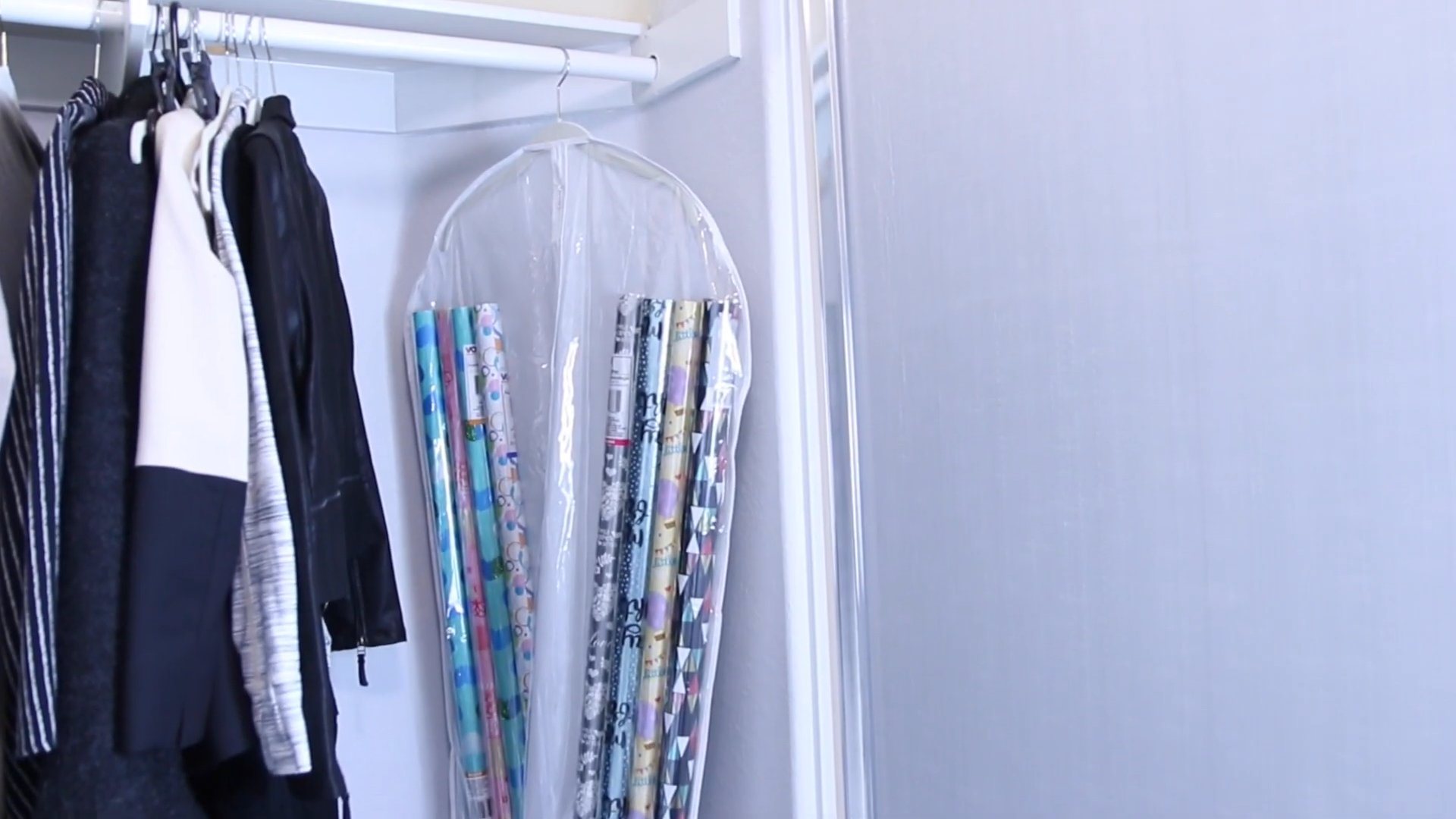
Conclusion
So, there you have it! Growing lemongrass at home is not only achievable, but it’s also incredibly rewarding. Forget those wilted, overpriced stalks at the grocery store. Imagine stepping into your own backyard or onto your balcony and harvesting fresh, fragrant lemongrass whenever you need it. This DIY trick transforms your culinary experience and adds a touch of Southeast Asian sunshine to your everyday life.
Why is this a must-try? Because it’s economical, sustainable, and undeniably convenient. Think about the money you’ll save by not buying lemongrass regularly. Consider the environmental impact of reducing your reliance on commercially grown and transported produce. And relish the sheer joy of nurturing your own plants and reaping the flavorful rewards.
Beyond the basic method we’ve outlined, there’s room for experimentation. Try different varieties of lemongrass to discover your favorite flavor profile. Explore different potting mixes to optimize growth. Consider companion planting with herbs like basil or mint to deter pests and enhance the overall health of your garden. You can even propagate your lemongrass further by dividing the clumps as they mature, effectively multiplying your supply.
For those living in colder climates, don’t despair! Lemongrass thrives in containers, making it easy to bring indoors during the winter months. Simply provide a sunny location and consistent watering, and your lemongrass will continue to flourish, providing you with fresh herbs year-round. You can also try growing lemongrass in a hydroponic system for even faster growth and less mess.
We’ve shown you how simple it is to grow lemongrass at home. Now it’s your turn to give it a try! Don’t be intimidated – even if you’re a novice gardener, you can succeed with this easy-to-follow method. Start with a single stalk from the grocery store, or purchase a small plant from your local nursery. Follow our instructions carefully, and watch your lemongrass thrive.
We are confident that you’ll be amazed by the results. The vibrant aroma, the fresh flavor, and the satisfaction of growing your own herbs are all waiting for you. So, grab your supplies, get your hands dirty, and embark on this exciting gardening adventure.
But don’t keep your success a secret! We want to hear about your experiences. Share your photos, tips, and tricks in the comments below. Let us know what challenges you faced and how you overcame them. Your insights will help other aspiring lemongrass growers and contribute to a thriving community of home gardeners. Let’s spread the word about the joys of growing lemongrass at home and inspire others to embrace this simple, sustainable, and satisfying DIY project. We can’t wait to see your lemongrass flourishing!
Frequently Asked Questions (FAQ)
1. What kind of lemongrass should I buy from the grocery store to propagate?
When selecting lemongrass stalks for propagation, look for healthy, firm stalks that are green at the base and have a slight bulbous shape. Avoid stalks that are dry, shriveled, or have any signs of rot or mold. Ideally, choose organic lemongrass to minimize the risk of pesticide contamination. The fresher the stalk, the better the chances of successful rooting.
2. How long does it take for lemongrass to root in water?
Generally, you should start to see roots emerging from the base of the lemongrass stalks within 2-3 weeks. However, the exact time can vary depending on factors such as water temperature, sunlight exposure, and the overall health of the stalks. Be patient and change the water every few days to keep it fresh and oxygenated. If you don’t see any roots after 3 weeks, try refreshing the water more frequently or moving the stalks to a slightly warmer location.
3. What kind of soil is best for growing lemongrass?
Lemongrass thrives in well-draining soil that is rich in organic matter. A good potting mix for lemongrass would consist of equal parts of garden soil, compost, and perlite or vermiculite. The garden soil provides essential nutrients, the compost improves drainage and adds organic matter, and the perlite or vermiculite enhances aeration and prevents the soil from becoming compacted. You can also add a slow-release fertilizer to the soil to provide a steady supply of nutrients to the growing plants.
4. How much sunlight does lemongrass need?
Lemongrass needs at least 6-8 hours of direct sunlight per day to thrive. Insufficient sunlight can lead to weak, leggy growth and reduced flavor. If you are growing lemongrass indoors, place it near a sunny window or supplement with artificial grow lights. When transplanting lemongrass outdoors, choose a location that receives full sun throughout the day.
5. How often should I water my lemongrass?
Lemongrass prefers consistently moist soil, but it doesn’t like to sit in standing water. Water your lemongrass thoroughly whenever the top inch of soil feels dry to the touch. During hot, dry weather, you may need to water more frequently. In cooler weather, you can reduce the watering frequency. Be sure to provide adequate drainage to prevent root rot.
6. How do I harvest lemongrass?
To harvest lemongrass, simply cut the stalks near the base of the plant using a sharp knife or pruning shears. You can harvest individual stalks as needed, or you can harvest the entire clump at once. When harvesting, choose the thicker, more mature stalks first. After harvesting, remove the outer leaves and use the tender inner core in your cooking.
7. Can I grow lemongrass in a container?
Yes, lemongrass grows very well in containers. Choose a pot that is at least 12 inches in diameter to allow ample room for the roots to grow. Make sure the pot has drainage holes to prevent waterlogging. Use a well-draining potting mix and provide plenty of sunlight and water. Container-grown lemongrass can be easily moved indoors during the winter months in colder climates.
8. How do I overwinter lemongrass in cold climates?
In regions with freezing temperatures, lemongrass is not winter hardy and needs to be protected from the cold. The easiest way to overwinter lemongrass is to bring it indoors. Before the first frost, dig up the plant (if it’s in the ground) or move the container indoors. Place the lemongrass in a sunny location and water it sparingly. You can also cut back the foliage to encourage new growth in the spring. Alternatively, you can try mulching heavily around the base of the plant to insulate the roots, but this method is not always reliable in very cold climates.
9. What are some common pests and diseases that affect lemongrass?
Lemongrass is generally pest and disease resistant, but it can occasionally be affected by aphids, spider mites, or fungal diseases. Aphids and spider mites can be controlled with insecticidal soap or neem oil. Fungal diseases can be prevented by providing good air circulation and avoiding overwatering. If you notice any signs of pests or diseases, treat them promptly to prevent them from spreading.
10. Can I use lemongrass for anything other than cooking?
Yes, lemongrass has a variety of uses beyond culinary applications. It can be used to make tea, which is believed to have medicinal properties. Lemongrass essential oil is used in aromatherapy for its calming and uplifting effects. It can also be used as a natural insect repellent. The dried leaves can be used in potpourri or to add fragrance to drawers and closets. The possibilities are endless!


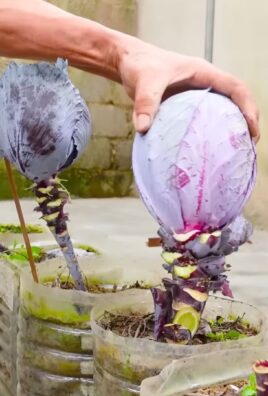
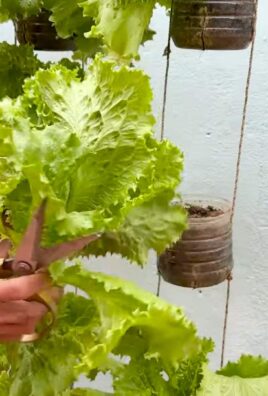
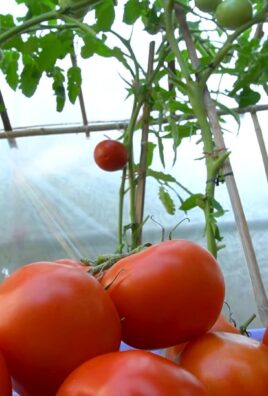
Leave a Comment